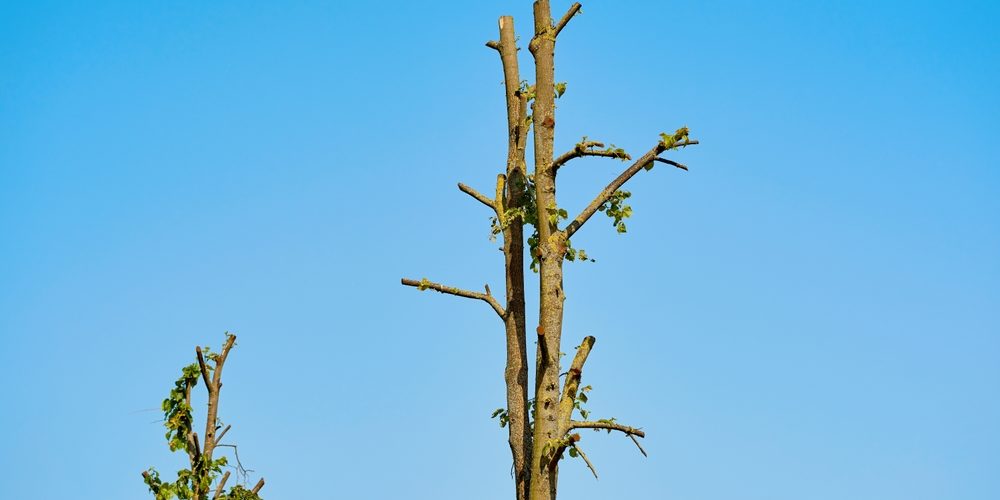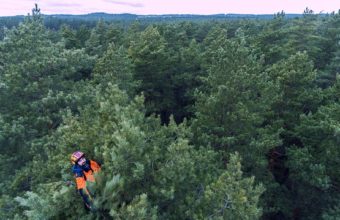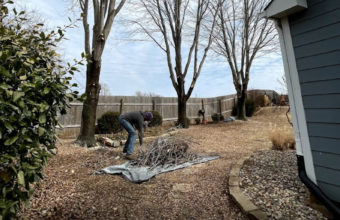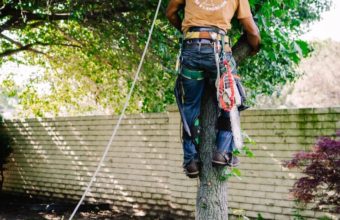Cutting the top off a tree, a practice known as “topping,” is highly detrimental to the tree’s health, structure, and aesthetics. Topping involves removing the upper portion of a tree’s trunk or large upper branches, leaving stubs or a drastically reduced canopy.
This practice can have several negative impacts…
1. Stress and Health Problems
- Severe Stress – Topping removes a significant portion of the tree’s leaf-bearing crown, reducing its ability to photosynthesize and produce food. This stresses the tree, as it must use stored energy reserves to regrow foliage.
- Increased Vulnerability – The large, open wounds created by topping are susceptible to infection and decay because they are often too large to heal properly. This can lead to internal decay and weakened structural integrity.
2. Weak and Hazardous Regrowth
- Rapid Growth of Weak Limbs – The new branches that sprout after topping are weakly attached to the stubs left by topping cuts. These limbs are more prone to breaking off during storms or under the weight of snow and ice, posing safety hazards.
- Dense Regrowth – The new growth tends to be denser and can quickly return to its original height, but this regrowth is less healthy and structurally sound than the original canopy.
3. Reduced Aesthetics and Property Value
- Unnatural Appearance – Topped trees often have a stark, unnatural appearance that can take years to overcome, if ever. This can reduce the aesthetic value of the landscape.
- Lower Property Value – Trees contribute to property value, and poorly maintained or damaged trees, like those that have been topped, can reduce property value.
4. Increased Maintenance Costs
- Ongoing Care – The weak, dense regrowth after topping requires more frequent pruning to maintain safety and aesthetics, leading to increased maintenance costs.
- Potential Removal – In some cases, the damage from topping is so severe that the tree eventually needs to be removed, which can be costly.
Alternatives to Topping…
If a tree is too tall or poses a risk, there are better management practices than topping:
- Crown Reduction – This technique reduces the height and spread of a tree by pruning back to lateral branches. It helps maintain the tree’s natural form and health.
- Crown Thinning – Removing select branches throughout the crown can reduce wind resistance and weight while preserving the tree’s natural shape.
- Consulting an Arborist – A certified arborist can assess the tree and recommend the best course of action to address any concerns without resorting to harmful practices like topping.
Topping is harmful and should be avoided. Proper pruning techniques and professional advice can manage tree size and risk without compromising the tree’s health or safety.






